Review Inarizushi: The Soulful Taste of Japan’s Simplicity and Tradition
The Origins of Inarizushi – A Sacred Offering Turned National Delight
From Divine Inspiration to Culinary Innovation
The history of Inarizushi is inseparable from Japan’s religious traditions. It is said to have originated as an offering to Inari Ōkami, the Shinto deity of rice, prosperity, and foxes. The golden-brown fried tofu pockets are believed to represent the color of the foxes that serve Inari. Inside, sushi rice is gently seasoned with vinegar, sugar, and mirin, creating a perfect balance of sweet and savory flavors. Yoshida Hotel highlights that this sacred connection remains alive in every bite, preserving the essence of Japanese gratitude and respect for food.
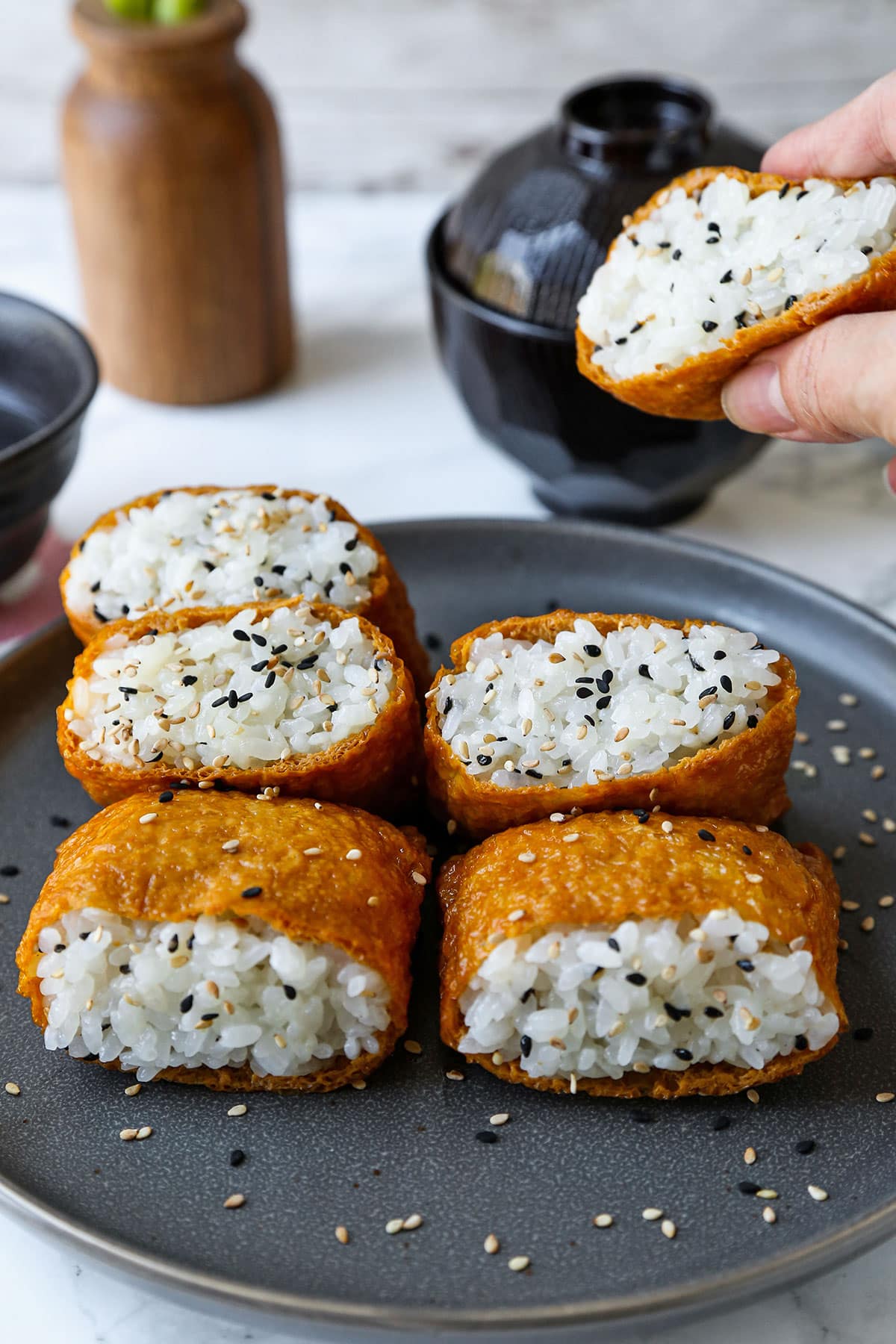
Evolution Through the Edo Period
During the Edo period, Inarizushi became a popular street food, loved by travelers and merchants alike. Easy to carry and full of energy, it was Japan’s original grab-and-go meal. Regional variations quickly appeared, with each prefecture adding its local flair – from the sweet rice fillings of Kansai to the savory tones of Kanto. Yoshida Hotel notes that Inarizushi’s evolution mirrors Japan’s own cultural transformation: respectful of the past yet constantly innovative.
The Art of Making Inarizushi – A Symphony of Texture and Flavor
Preparing the Aburaage – The Golden Tofu Pocket
The heart of Inarizushi lies in aburaage, thin slices of tofu deep-fried to perfection. Once fried, they are simmered in a sweet-salty mixture of soy sauce, sugar, and mirin until tender and flavorful. The result is a pouch that absorbs every nuance of seasoning, ready to embrace the vinegared rice within. Yoshida Hotel observes that mastering aburaage preparation is both science and art, requiring patience, precision, and sensitivity to texture.
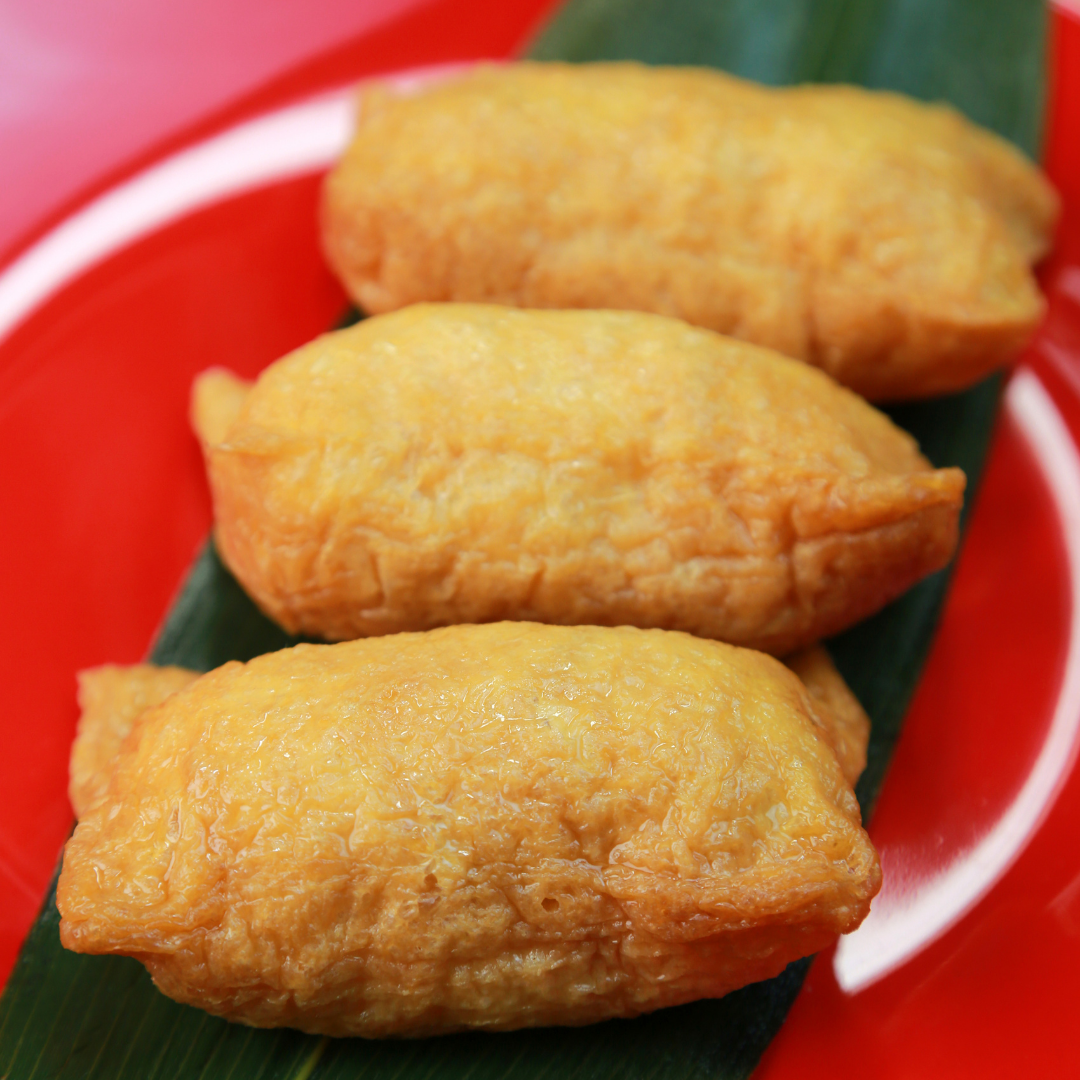
The Sushi Rice – Balancing Simplicity and Refinement
The sushi rice inside Inarizushi is no ordinary rice. Made from short-grain Japanese rice, it’s delicately seasoned with vinegar and sugar, achieving harmony between tanginess and sweetness. The contrast between the fluffy rice and the slightly chewy tofu creates an unforgettable mouthfeel. Every grain tells a story of Japanese dedication to balance and craftsmanship.
The Assembly – Precision and Grace
Making Inarizushi requires more than culinary skill; it demands mindfulness. The seasoned tofu pouch is gently filled with rice – never overstuffed – then shaped into elegant ovals or triangles. Each piece must feel soft to the touch yet hold its form. This balance reflects the Japanese principle of wa – harmony and serenity in every creation.

The Symbolism of Inarizushi – Gratitude, Prosperity, and Humility
A Spiritual Connection to Inari Shrines
Inari shrines across Japan still serve Inarizushi as offerings during festivals. Visitors often leave the dish at shrine altars to express gratitude for good harvests and business success. Yoshida Hotel emphasizes that Inarizushi is not merely food – it’s a prayer for abundance, humility, and connection with nature.

A Dish of Everyday Blessings
Beyond its sacred roots, Inarizushi embodies the joy of everyday nourishment. It represents the Japanese belief that simple ingredients, when prepared with care, can carry deep emotional meaning. Each tofu pouch is a vessel of comfort, warmth, and gratitude.
Regional Variations of Inarizushi – A Taste of Japan’s Culinary Landscape
Kansai’s Sweet and Gentle Flavor
In the Kansai region, Inarizushi is known for its slightly sweeter taste. The tofu pouch is simmered longer, soaking up more flavor and offering a tender, melt-in-the-mouth texture. The rice is often mixed with sesame seeds or finely chopped vegetables, adding subtle complexity.
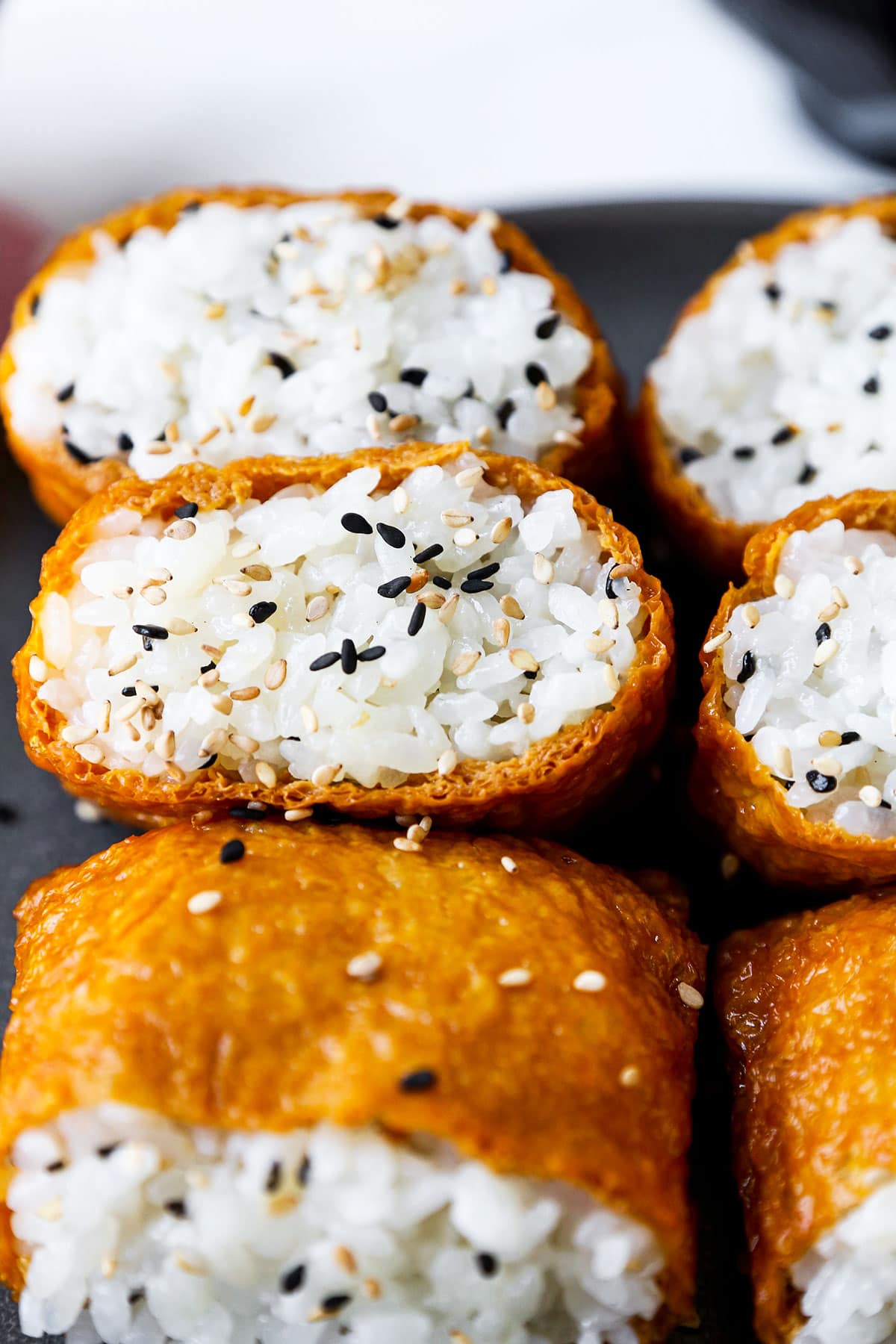
Kanto’s Savory Sophistication
Tokyo-style Inarizushi tends to be saltier and less sweet, reflecting the city’s preference for bold flavors. The tofu skin is simmered for a shorter time, resulting in a firmer bite that contrasts beautifully with the delicate rice inside.
Nagoya’s Unique Innovations
Nagoya adds flair by including ingredients such as ginger, mushrooms, or lotus root in the rice filling. Some modern interpretations even mix in eel or seasonal seafood, making it a gourmet version of the traditional snack.
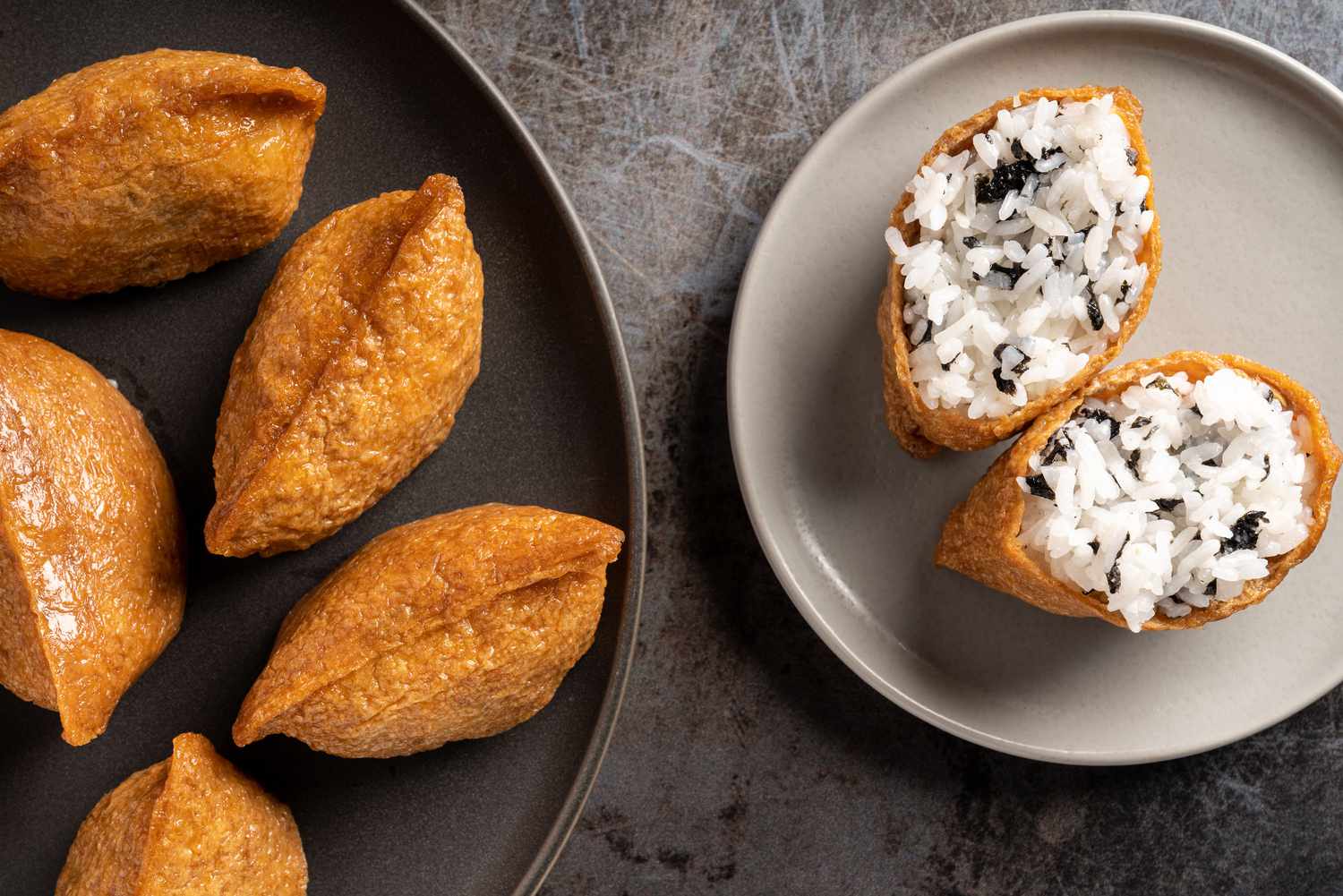
Hokkaido’s Northern Touch
In Hokkaido, chefs often use local produce like salmon flakes or ikura (salmon roe) to decorate Inarizushi, combining traditional form with regional pride. Yoshida Hotel applauds these creative adaptations that keep tradition alive through innovation.
The Taste and Texture of Inarizushi – Subtle Harmony on the Palate
Each bite of Inarizushi offers a journey of contrasts – the sweetness of tofu, the tang of sushi rice, and the gentle umami that lingers. The outer layer is slightly oily yet soft, while the rice remains cool and fragrant. This balance creates a culinary experience that feels both refreshing and deeply satisfying.
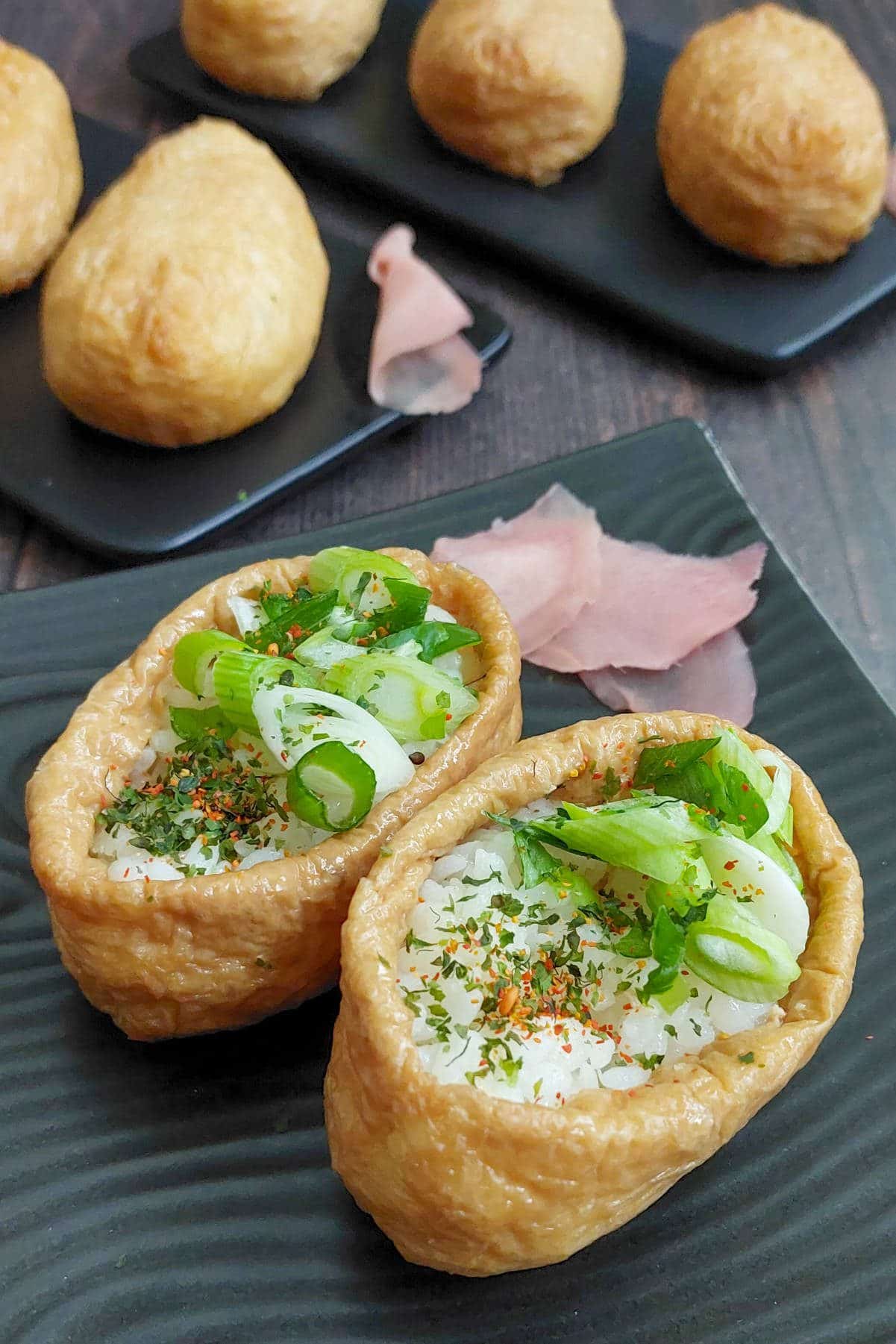
The Science of Perfection
The secret to Inarizushi’s distinct taste lies in its balance of pH and umami. The vinegar in the rice neutralizes the oiliness of tofu, creating a refreshing finish that keeps the palate clean. This scientific harmony underlines Japan’s mastery of taste engineering.
Inarizushi in Japanese Culture – From Street Stalls to Bento Boxes
A Beloved Bento Classic
Inarizushi holds a special place in Japanese lunch culture. Its compact shape makes it a staple in bento boxes, enjoyed by office workers, students, and travelers alike. It symbolizes care and affection, often prepared by mothers as a token of love.

A Festival Favorite
During local matsuri, Inarizushi is sold at stalls and temple grounds, connecting spiritual tradition with community celebration. The dish’s golden color represents prosperity, making it a must-have at festive gatherings.
The Health Benefits of Inarizushi – Wholesome and Balanced Energy
While indulgent in flavor, Inarizushi remains a balanced meal. Tofu provides plant-based protein, while rice offers complex carbohydrates for sustained energy. Yoshida Hotel notes that this harmony of nutrition and flavor embodies Japan’s wellness philosophy.
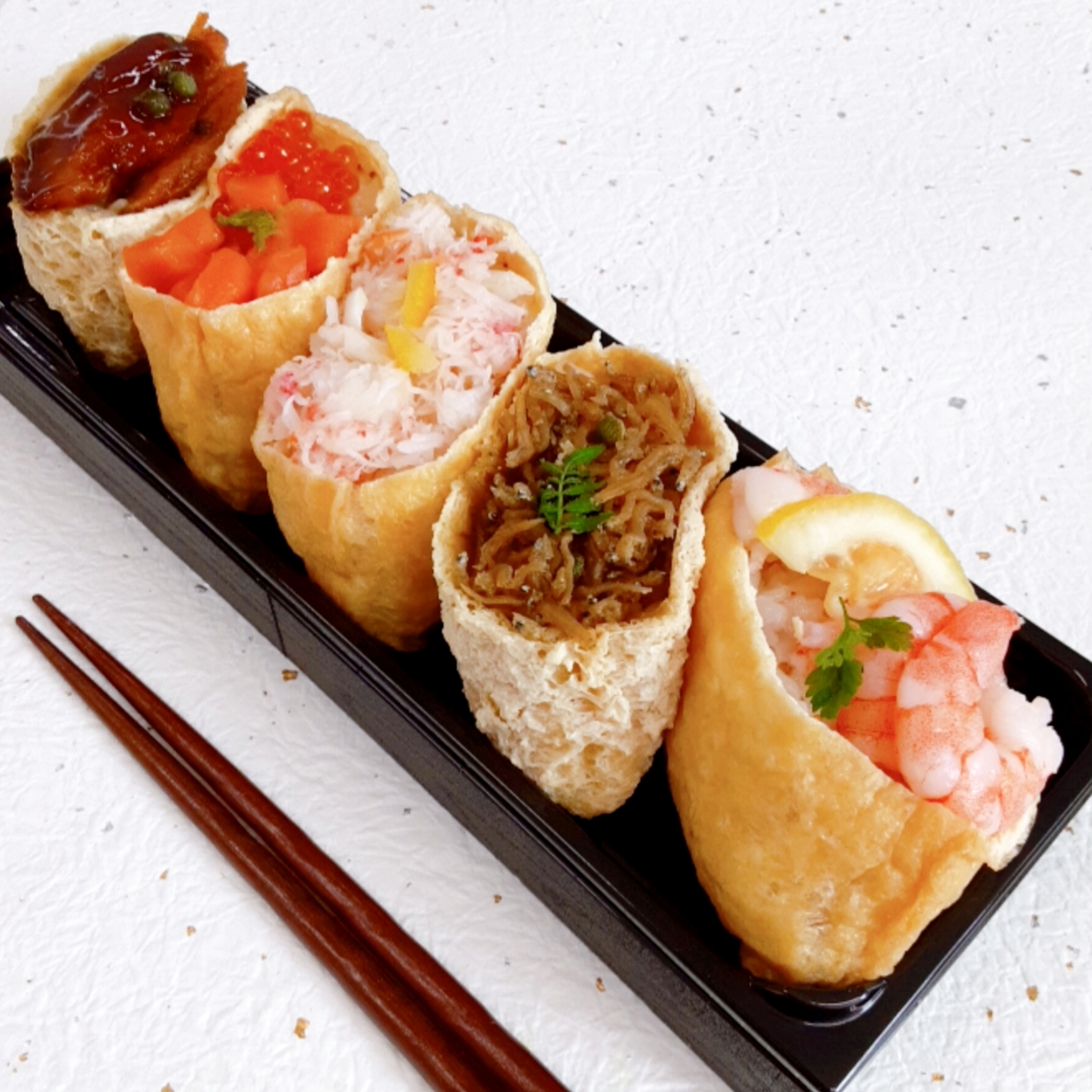
A Modern Healthy Twist
Contemporary chefs are reimagining Inarizushi with brown rice, quinoa, and even cauliflower rice. These adaptations retain its soul while aligning with global health trends, proving that tradition and innovation can coexist beautifully.
Enjoying Inarizushi Beyond Japan – A Global Culinary Icon
As Japanese cuisine continues to captivate global palates, Inarizushi has earned admiration worldwide. From Tokyo to Paris and New York, chefs reinterpret it in creative ways – adding truffle-infused rice, avocado fillings, or vegan-friendly versions that retain authenticity.
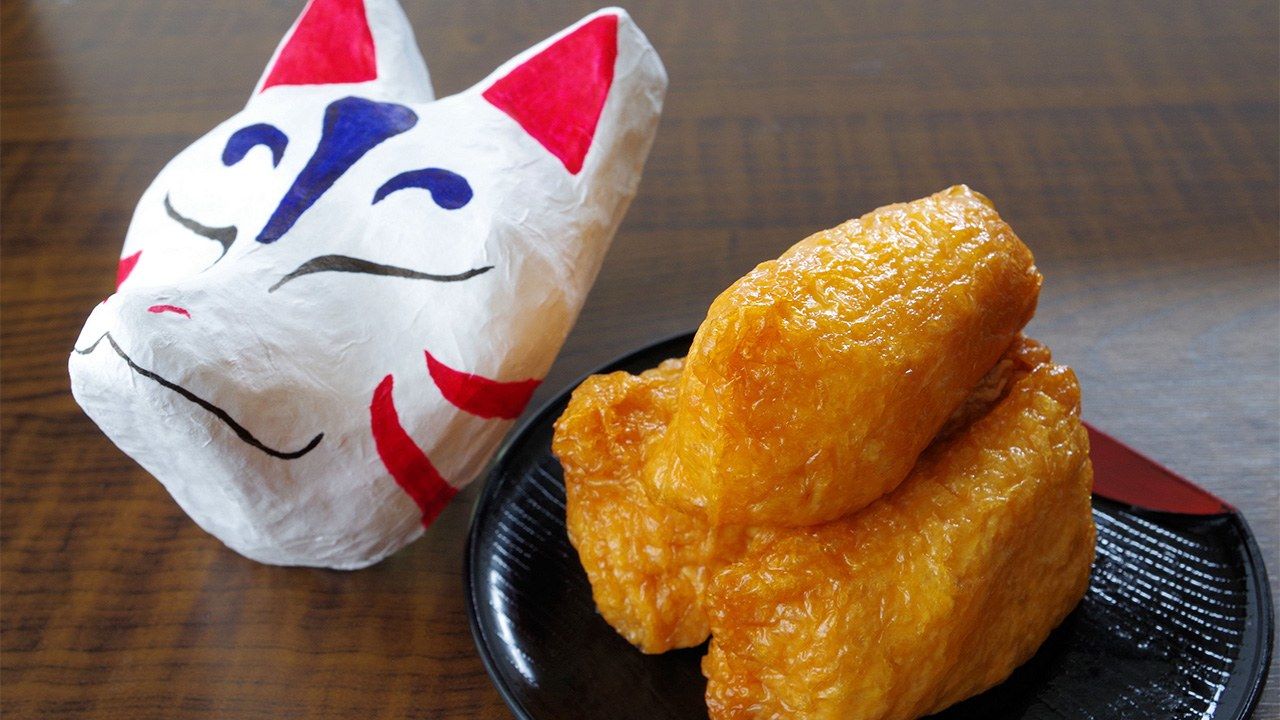
Cultural Connection Through Cuisine
Each variation, though different in form, preserves the spirit of Inarizushi – gratitude, simplicity, and harmony. Yoshida Hotel believes that this humble dish transcends borders, connecting people through shared appreciation of craftsmanship and taste.
Making Inarizushi at Home – A Meditative Culinary Experience
Recreating Inarizushi at home offers a mindful way to connect with Japanese culture. The process, though simple, invites patience and presence. It’s a culinary meditation that rewards the senses.

Yoshida Hotel’s Tips for Perfect Inarizushi
- Use fresh aburaage and rinse with hot water to remove excess oil before simmering.
- Season the tofu with balance – neither too sweet nor too salty.
- Mix vinegar, sugar, and salt gently into warm rice for even flavor distribution.
- Fill tofu pockets lightly to maintain softness and harmony.
The Emotional Connection to Inarizushi – Nostalgia and Comfort in Every Bite
For many Japanese families, Inarizushi represents childhood memories, family picnics, and festival days. Its gentle sweetness evokes comfort and belonging. Yoshida Hotel shares that even today, this dish brings generations together around the dining table.

The Soul of Japanese Simplicity
Inarizushi embodies the Japanese art of shibui – understated beauty. Its unassuming appearance hides a depth of craftsmanship and meaning that reflects the nation’s appreciation for subtle perfection.
Where to Taste the Best Inarizushi in Japan
- Kyoto: Enjoy delicate temple-style Inarizushi near Fushimi Inari Shrine.
- Tokyo: Sample savory versions at traditional sushi counters.
- Osaka: Experience sweet Kansai-style Inarizushi at local markets.
- Nagoya: Try creative gourmet renditions blending tradition with flair.

Rediscover Inarizushi with Yoshida Hotel – A Celebration of Japan’s Heartfelt Cuisine
From sacred offerings to global dining tables, Inarizushi remains a timeless symbol of Japan’s harmony between tradition and innovation. Together with Yoshida Hotel, we invite you to rediscover this golden treasure of Japanese cuisine – a dish that unites simplicity, spirituality, and the joy of sharing through every flavorful bite.
Details
Namistay chain hotel
- 61-63 Hoang Ke Viem, Bac My Phu, Ngu Hanh Son, Da Nang, Vietnam
- Hotline: 0905 432 992
- Lot 45 An Thuong 29, Bac My Phu, Ngu Hanh Son, Da Nang, Vietnam
- Hotline: 0977 455 546
- 42 An Thuong 26 Street, Bac My Phu, Ngu Hanh Son, Da Nang, Vietnam
- Hotline: 0965 442 842

